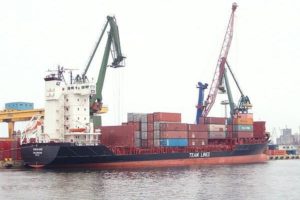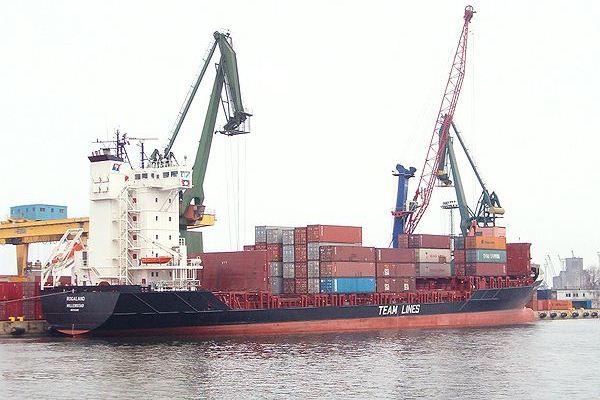 Cross-border trade of intermediate goods and early-cycle commodities will grow at a moderate pace within the next three months, according to a new and early indicator of global trade introduced by global logistics company DHL.
Cross-border trade of intermediate goods and early-cycle commodities will grow at a moderate pace within the next three months, according to a new and early indicator of global trade introduced by global logistics company DHL.
On its initial release last month, the newly rolled out DHL Global Trade Barometer scored 64, which is slightly below the values calculated for previous months.
“That means that world trade is still considered to be in an expansive mode, but growth loses momentum,” said DHL. “The decline is due to weakening prospects for Chinese and Japanese trade, which is only partially offset by improved prospects for India, South Korea, and Great Britain.”
The DHL Global Trade Barometer derives predictions for global trade by evaluating large amounts of logistics data with the help of artificial intelligence. Since global trade fuels the world economy, the barometer not only provides an outlook on future trade, but also on the prospects for the global economy. The indicator has been developed in cooperation with Accenture and will be published quarterly.
The index is based on import and export data for a number of intermediate and early-cycle commodities that serve as the basis for further industrial production, e.g. brand labels for clothes, bumpers for cars, or touch screens for mobile devices.
Sources for the index are aggregated market data from air and containerized ocean freight in seven countries, which account for more than 75% of world trade.
The DHL Global Trade Barometer represents the weighted average of the current growth and the upcoming two months of global trade. An index value above 50 indicates a positive development; values below 50 point to a decline in world trade.
“Tests with historical data have revealed a high correlation between the DHL Global Trade Barometer and real containerized trade, providing a three-month forward-looking estimate,” said a company statement.
The insights will help customers to optimize their business processes, for example by providing guidance for investment and supply chain decisions. Moreover, the company itself will leverage the indicator to fine-tune its own resource planning for its international logistics operations.
The index could also be integrated into forecast models by banks, associations, or economic research institutes.
“In a world characterized by volatility and uncertainty, we are contributing to greater transparency and predictability—for the benefit of our customers, our business and society,” Tim Scharwath, CEO of DHL Global Forwarding, Freight, said.
Photo: Brosen





